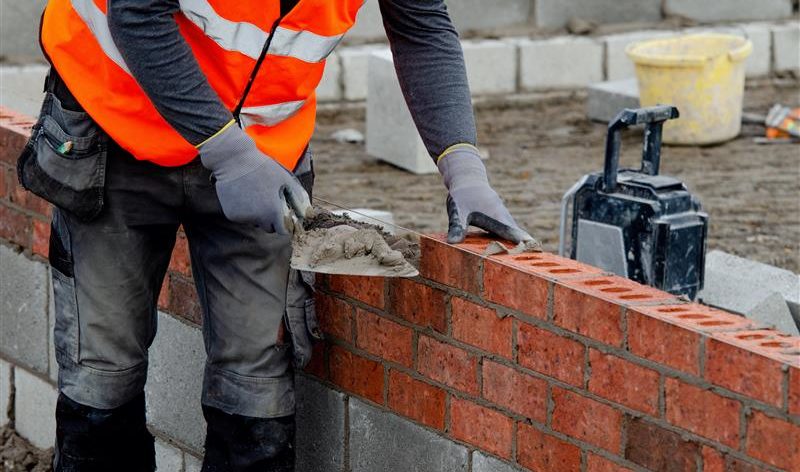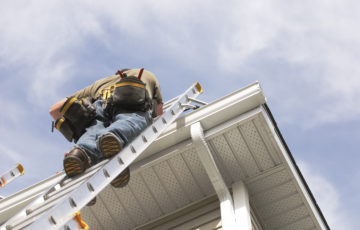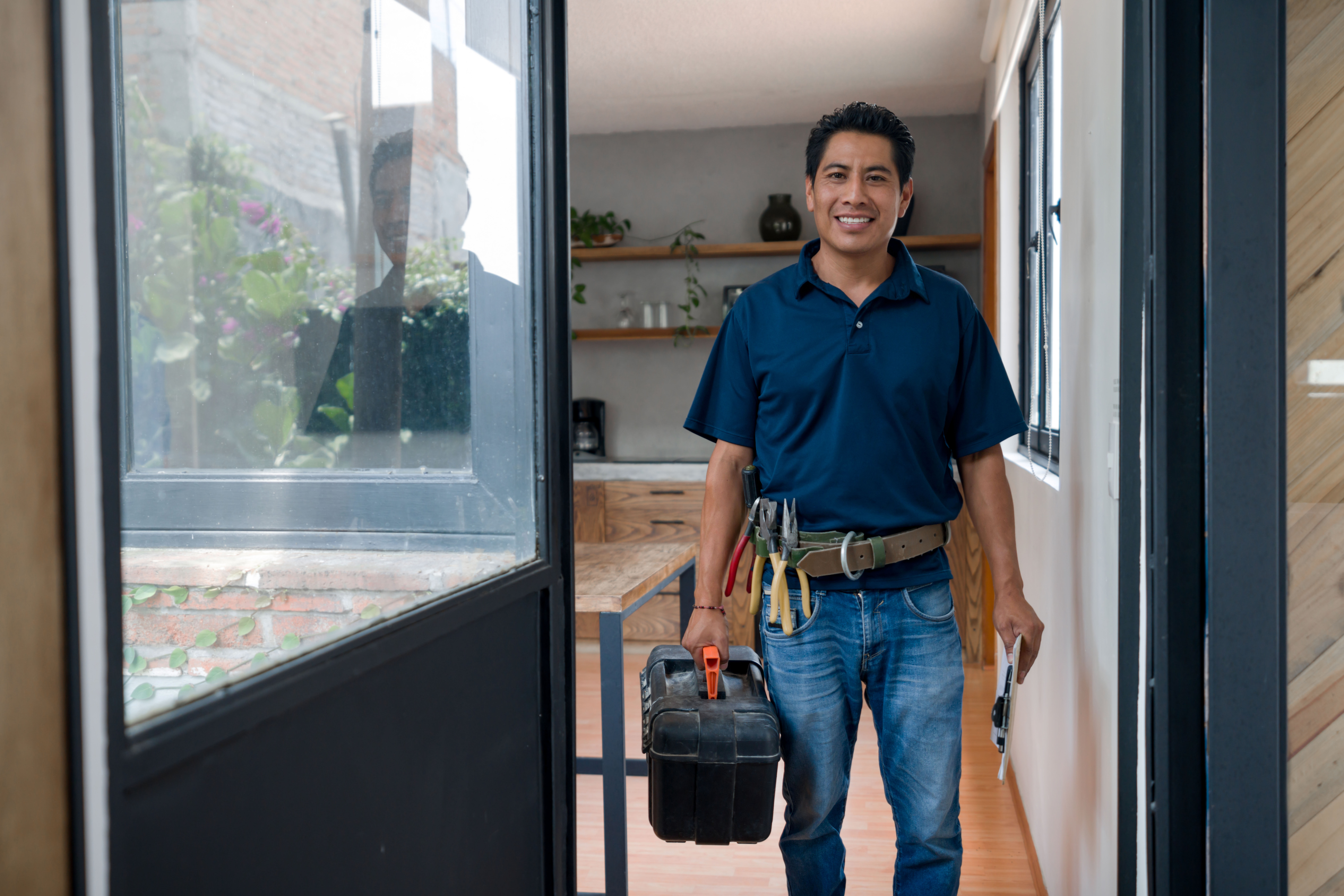Many traditional trade occupations are still in high demand as the Australian property market continues to boom, including bricklaying, which remains one of the core trade roles in both residential and commercial construction.
For bricklayers, the act of actually laying the brick is now only part of their daily role. Modern bricklayers are now required to manage the entire brick process from preparation through to reinforcement and post-construction brick repairs, including shaping and polishing brick and other materials.
If you are considering a trade career as a bricklayer, there will likely be four burning questions occupying space in your head. Let’s answer each question – and in doing so help you to decide if a career as a bricklayer is for you.
What licence do I need to be a bricklayer?
Many states and territories require that aspiring bricklayers obtain a permit to work in bricklaying due to the fact that bricklaying quality standards are constantly improving.
If you plan on doing bricklaying work on residential building projects, it is mandatory that you hold an accredited and currently valid bricklaying licence for the Australian state in which you intend to work. You will also require a bricklaying licence before you are able to advertise your bricklaying services, and act as a bricklaying contractor on larger construction projects.
You may also be required to hold a White Card to prove that you have the required understanding of Occupational Health and Safety standards for working on larger construction projects.
To be eligible to apply for a bricklaying licence, your trade licensing representative body may require that you have completed a nationally recognised VET qualification via a Registered Training Organisation. They may also require that you have enrolled in and completed a formal trade course in bricklaying.
It will also be worth your while to keep your eye on industry standards as they may get updated over time, and it’s in your interest to remain abreast of those changes. Keeping up with industry standards can help ensure that your bricklaying qualifications remain current and relevant for the work you intend to do, which will enable you to continue providing your bricklayer services to clients.
How can I become a qualified bricklayer?
Although each state has slightly varied bricklaying licensing requirements, most states require that bricklayers have completed formal bricklaying qualifications.
One of the most popular qualifications for bricklayers throughout Australia is a Certificate III in Bricklaying/Blocklaying. Some states, such as NSW, will also accept a Certificate III in General Construction (Bricklaying/Blocklaying).
Alternatively, Registered Training Organisations may allow for Recognition Of Prior Learning, which allows individuals to receive credits for their previous bricklaying experience, which can be put towards a new qualification, such as a Certificate IUV in Building Construction.
Once you have gained your formal bricklaying qualifications, you will be eligible to apply to become a licensed bricklayer. This is a milestone in your aspiring bricklayer’s career as it will enable you to accept bricklaying jobs provided you meet all mandatory licensing requirements.
How long is a bricklaying apprenticeship?
Apprenticeships in bricklaying take, on average, three years to complete.
A typical certificate issued by tertiary schools takes around one year. However, it’s worth noting that an apprenticeship also allows you to earn a salary while completing your formal bricklaying training and qualification.
It’s worth acknowledging that completing a bricklaying apprenticeship also enables you to experience both on-site bricklaying work and formal classroom lessons at TAFE and other Registered training organisations.
How can I apply for a bricklayer licence?
Every state and territory has its own requirements for bricklaying licences. To get started, you will generally need to have the required certification, typically in the form of a bricklaying apprenticeship.
After you have been awarded your Certificate III in Bricklaying, you will be able to apply for a bricklaying contractor licence via the governing body in your home state. This is a great time to also evaluate your options for business insurance, including insurance for bricklayers, also known as bricklayers insurance. Common insurance cover for bricklayers that you may consider include:
- Public Liability insurance;
- Portable Equipment insurance;
- Personal Accident and Illness Insurance; and
- Business Insurance.
Professional bricklayers will know well the potential risks they may encounter throughout their working day on busy building sites. But business insurance specifically designed for bricklayers, such as insurance for bricklayers, also known as bricklayers insurance, can help reduce the risks bricklayers face on site every day.
*This information is general only and does not take into account your objectives, financial situation or needs. It should not be relied upon as advice. As with any insurance, cover will be subject to the terms, conditions and exclusions contained in the policy wording. © 2022 BizCover Pty Limited, Public Liability Australia is a business name of BizCover Pty Ltd (ABN 68 127 707 975; AFSL 501769)



